Fig.
1 - “Venezianella e Studentaccio”, prototype in the
form of a game, Linda Martellini, 2018.
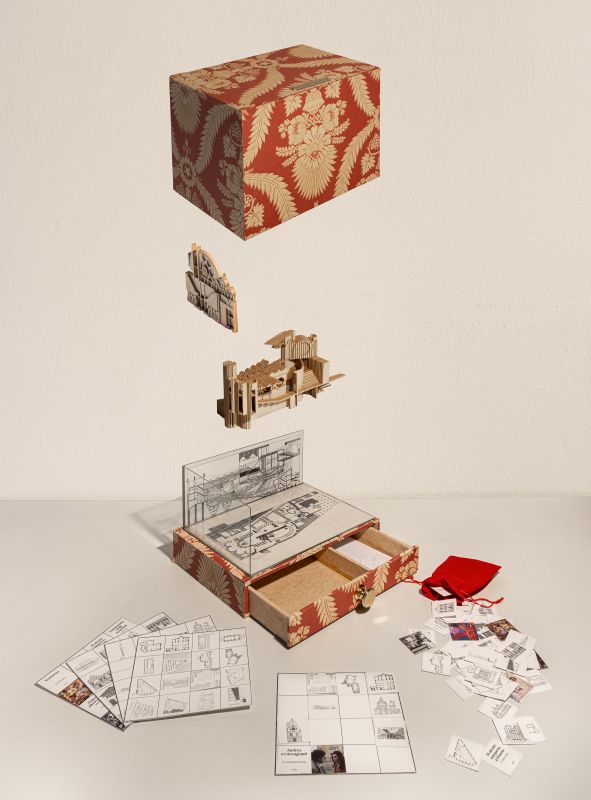
Fig.
2 - Fig. 2
“Venezianella and Studentaccio”, model by Chiara
Saccani
and Arianna Sellaro; the elevations outside the box are by Isabella
Nuvolari-Duodo, Matilde Pagani; Bianca Pedron, Valeria Peroni, Carola
Perroni, a.a. 2018-19.

Fig.
3 - “Venezianella and Studentaccio”, above: Mirta
Scalabrin, Michela Scuri; Chiara Saccani, Arianna Sellaro; Tobia
Morselli, Edoardo Pizzutelli.
Below: Benedetta Scarano, Caterina Solini; Mattia Scotti, Chiara
Servienti; Julia Ponomarev, Luigi Santoro, a.a. 2018-19.

Fig.
4 - Palace of parties, Ca’ Venier dei Leoni, random
configuration, Tobia Morselli, Edoardo Pizzutelli, a.a. 2018-19.
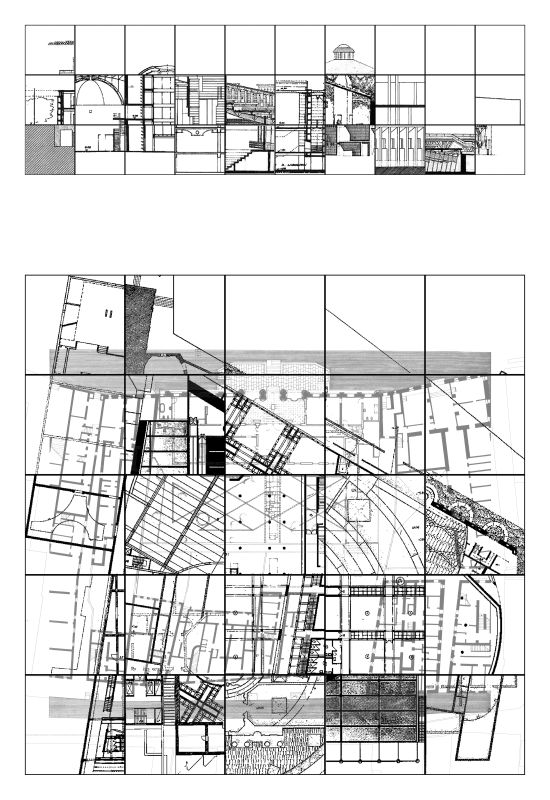
Fig.
5 - Palace of celebrations, Ca’ Venier dei Leoni, final
configuration, Tobia Morselli, Edoardo Pizzutelli, a.a. 2018-19.
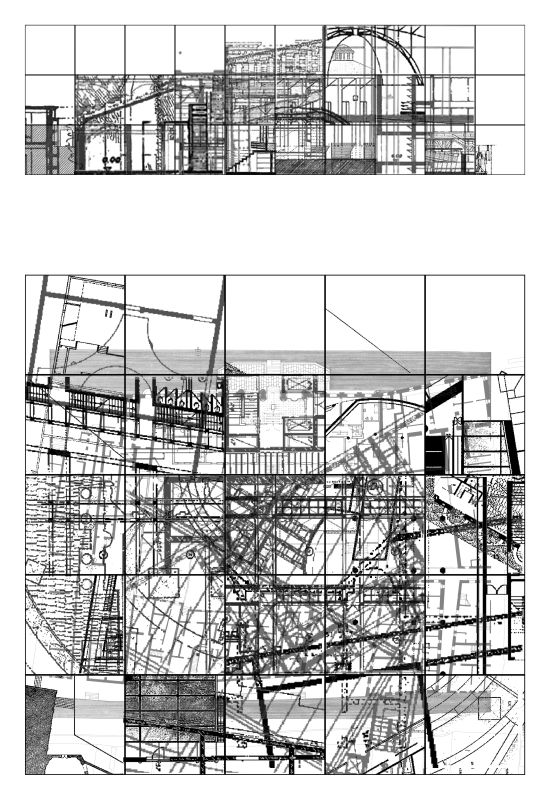
Fig.
6 - Palace of celebrations, Ca’ Venier dei Leoni, first floor
plan and cross section, Tobia Morselli, Edoardo Pizzutelli, a.a.
2018-19.

Fig.
7 - Party building, Ca’ Venier dei Leoni, axonometric view,
Tobia Morselli, Edoardo Pizzutelli, a.a. 2018-19.
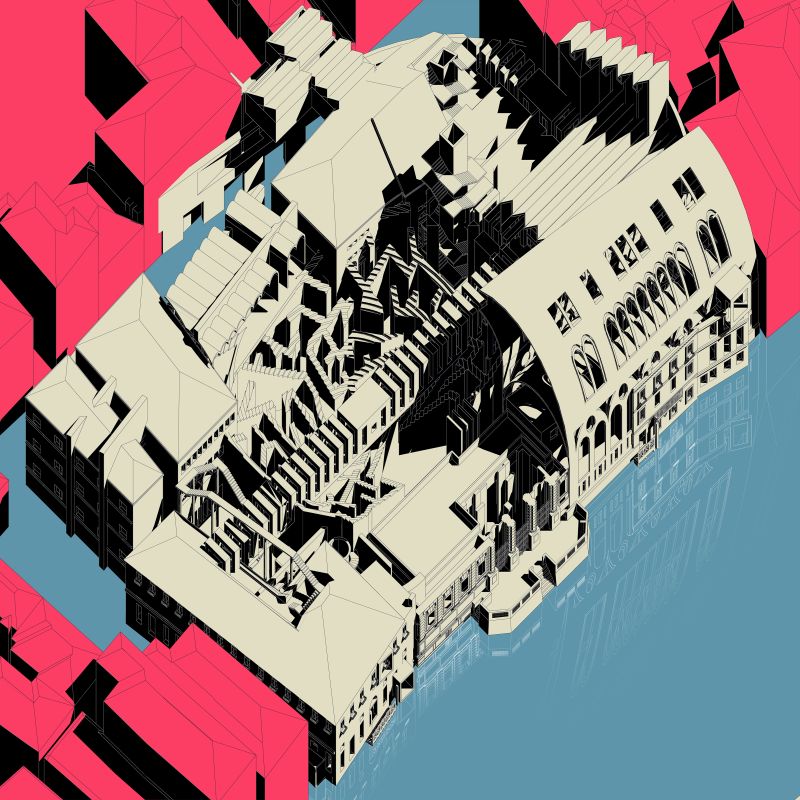
Fig.
8 - Palace of celebrations, Ca’ Venier dei Leoni.
Clockwise: Susanna Pandolfi, Massimo Pedretti; Julia Ponomarev, Luigi
Santoro; Benedetta Scarano, Caterina Solini; Sara De Ponti, Matilda Di
Michele, a.a. 2018-19.
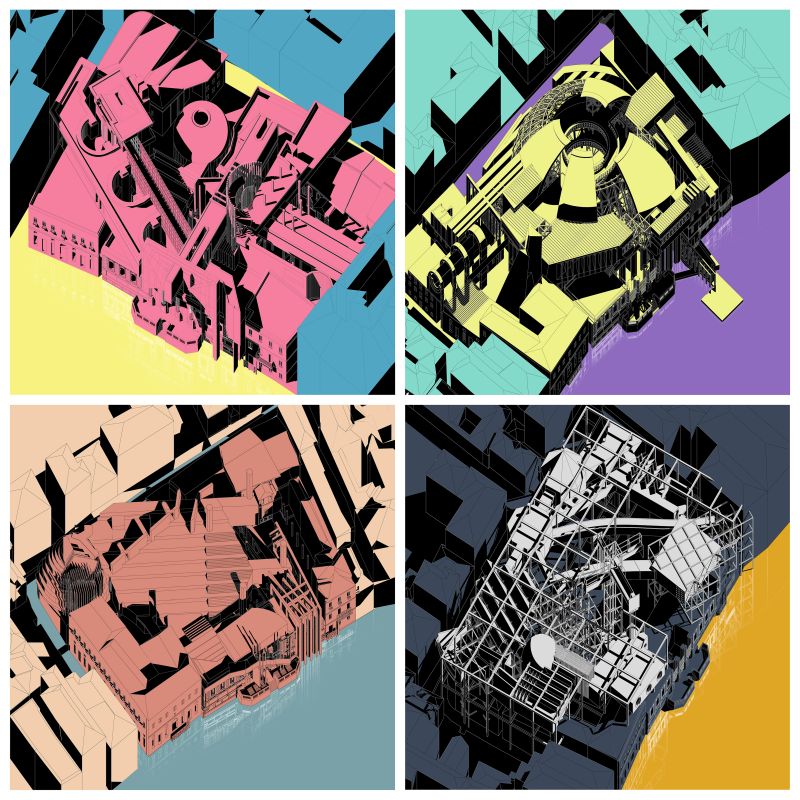
Fig.
9 - “La scuola per Ninì”. Competition
project for
the “Scialoia” school, Milan, 2019. Elvio
Manganaro,
Micaela Bordin (Alterstudio Partners), ARCò with Houssam
Mahi
and Elisa Moro; collaborating students: Sara Camedda, Linda Martellini,
Migena Nezha, Francesco Pavan, Arnold Pere, Benedetta Scarano, Caterina
Solini.
